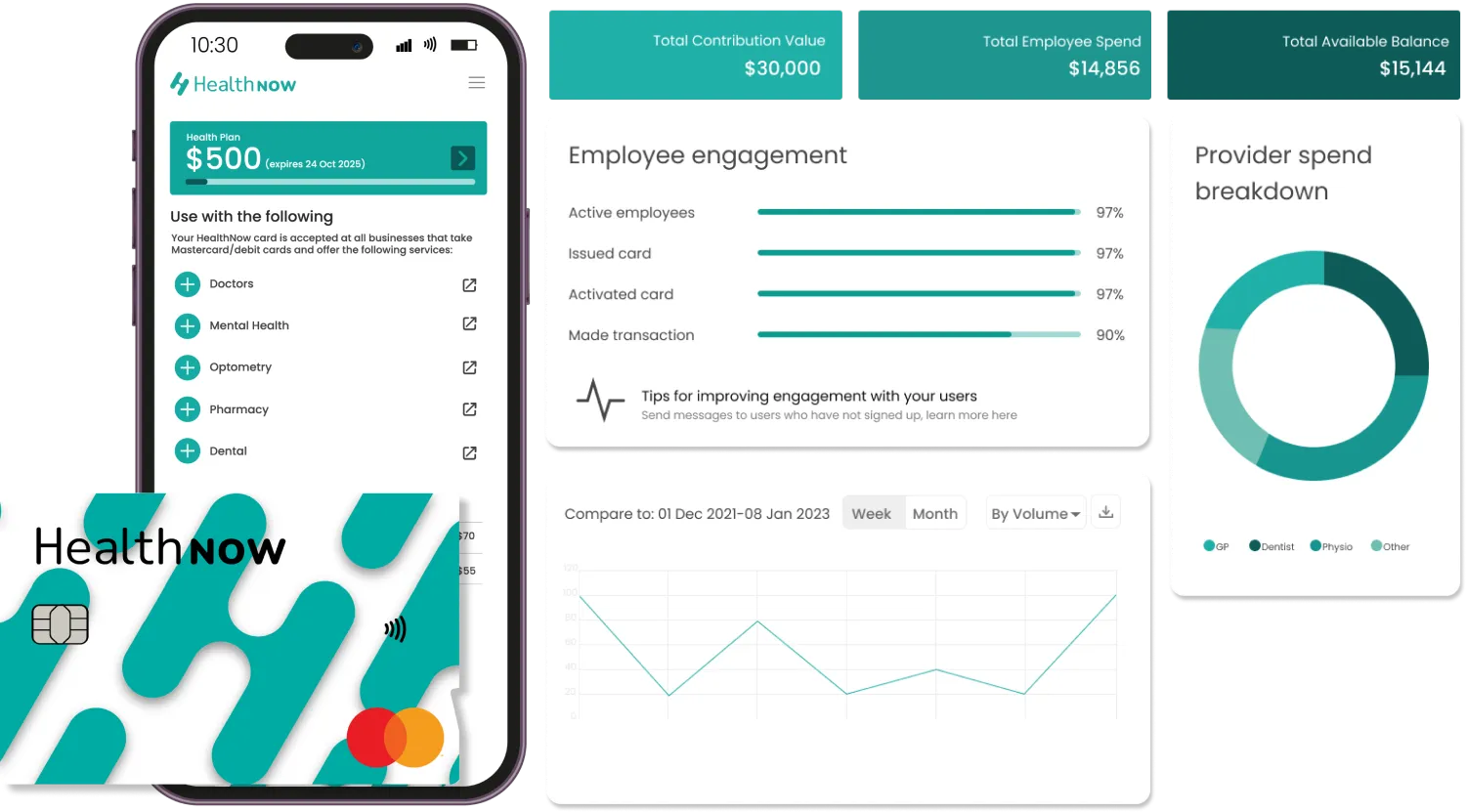As with each year here in New Zealand, winter comes, the temperature significantly drops, and many of us face a cold home at a time when we should be relying on the warmth and comfort in our homes to see us through the cold months. However, for some, homes may not provide the respite they need, with a NZ survey finding that more than 300,000 families go to bed earlier to stay warm during winter and 145,000 households heat only one room to reduce costs. With interest rates and the cost of living very high at present, it is likely that the effects of reduced heating are being felt by many families across the country.
Unfortunately, aside from the discomfort, living in a perpetually cold (and difficult-to-heat) home can have serious and long-lasting health effects. Both adults and children are vulnerable to the detrimental impact of cold homes on their well-being, which can include:
Respiratory Issues and Infections
One of the most common health effects of living in a cold home is an increased risk of respiratory issues and infections. When indoor temperatures drop, the respiratory system becomes more susceptible to irritation and inflammation. Cold air can dry out the airways, making them more vulnerable to infection and exacerbating conditions such as asthma and chronic obstructive pulmonary disease (COPD). Children and older adults are particularly at risk, as their immune systems may be less robust.
During winter, people tend to spend more time indoors, and in cold homes with inadequate insulation and heating, indoor air quality can suffer. Dampness and mould growth become more prevalent, releasing allergens and irritants that can trigger or worsen respiratory conditions.
Cardiovascular Problems
Living in a cold home can also impact cardiovascular health. Prolonged exposure to cold temperatures can cause blood vessels to constrict, leading to increased blood pressure and strain on the heart. This puts individuals at higher risk of heart attacks and strokes, especially for those with pre-existing heart conditions. For vulnerable populations, such as the elderly or those with pre-existing cardiovascular issues, cold homes can exacerbate existing conditions and lead to severe complications during winter months.
Mental Health and Well-Being
The impact of cold homes is not limited to physical health; it also affects mental well-being. Living in a cold, uncomfortable environment can lead to stress, anxiety, and depression. The constant struggle to stay warm and the uncertainty of adequate heating can cause emotional distress and strain on mental health.
Children growing up in cold homes may experience adverse effects on their emotional and cognitive development. Chronic exposure to cold and uncomfortable living conditions can hinder concentration, sleep quality, and overall academic performance.
Impact on Immune Function
Cold homes can also compromise the immune system’s function, making individuals more susceptible to infections and illnesses. The body requires sufficient warmth to maintain a robust immune response and fight off viruses and bacteria effectively. Living in a cold home weakens the immune system’s ability to defend against pathogens, resulting in frequent illnesses and prolonged recovery periods.
Vulnerability to Hypothermia
Hypothermia is a dangerous condition that occurs when the body loses heat faster than it can produce it, leading to a dangerously low core body temperature. Cold homes without proper insulation and heating put occupants, particularly vulnerable populations like the elderly and infants, at risk of hypothermia, especially when cold snaps move across the country, particularly around the South Island and lower North Island. The condition can be life-threatening, causing confusion, drowsiness, and, in severe cases, cardiac arrest.
What Can Be Done To Keep Warmer In The Winter Months?
There are many suggestions as to how to protect your family and keep warm during the cold winter months, including:
- Dressing in layers: Wearing multiple layers of clothing helps to trap heat and insulate your body.
- Wearing warm accessories: Don hats, scarves, and gloves to keep extremities protected from the cold.
- Using blankets and throws: Keep blankets and throws on hand to wrap up when sitting or lounging.
- Sealing drafts: Use weatherstripping or draft stoppers to seal gaps around doors and windows.
- Closing curtains and blinds: Keep curtains and blinds closed at night to prevent heat loss through windows.
- Using a space heater: Use a space heater in the room you are occupying to supplement central heating.
- Utilising hot water bottles or heating pads: Place hot water bottles or heating pads under blankets for added warmth while sleeping.
- Drinking hot beverages: Sip on hot drinks like tea, coffee, or hot chocolate to warm up from the inside.
- Cooking warm meals: Use the oven to cook warm meals, and leave the oven door slightly open after cooking to release heat into the kitchen.
- Staying active: Engage in physical activity to generate body heat and stay warm.
- Investing in warm bedding: Use flannel sheets, extra blankets, and a down comforter to keep warm while sleeping.
- Limiting outdoor exposure: Minimise time spent outdoors during extremely cold weather to avoid overexposure to the cold.
- Keep moving indoors: Avoid sitting or standing still for long periods; move around to maintain body heat.
- Taking warm baths or showers: Soak in a warm bath or take a hot shower to warm up after being outside.
- Using rugs and carpets: Place rugs and carpets on cold floors to provide insulation and keep feet warm.
- Ensuring heating systems are well-maintained: Regularly service and maintain heating systems to ensure optimal performance and efficiency.
Unfortunately, with many of these suggestions, there’s one big issue: the cost. Between the cost of daily living, healthcare expenses and utility bills, many are choosing to forgo the latter just to ensure they stay on top of their mortgage repayments and the costs of essentials such as food. This provides a valuable opportunity for employers to help by offering a very valuable benefit: employer aid payments.
HealthNow: Benefits For Employee Health And Wellness
Employer aid is delivered as an annual or periodic payment to an employee’s dedicated health account via the HealthNow app, which can only be used on health and medical-related services and products. The funds, the quantity of which are chosen by the employer, are available for employees to use throughout the year in much the same way they use a digital card on their phone, working at any eftpos terminal where Mastercard is accepted. Employees have control over which health services to spend their funds on within the health service categories approved by the employer, and available within HealthNow’s service suite. Businesses are not charged for any funds that are unused by their employees at the end of their annual period.
By having more funds available to support their health (and potentially their family’s health, if the employer makes this option available), then it not only gives families reassurance that they will be covered for health events which may give them more funds to allocate towards heating and staying warm, but also if any health issues do develop, they feel confident in knowing they don’t have to delay accessing healthcare services due to the cost, during which time their health could further deteriorate and be exacerbated by their living conditions.
Operating across New Zealand and the US, HealthNow makes offering employer aid easy and simple by welcoming you into their AI-driven platform and international technology that delivers a custom solution to your business – HealthNow designs your employer aid based on your needs and requirements. The onboarding process for employer aid is free and easy, and you receive impact statements that give you a breakdown of how the funds are being spent, to best help you direct health initiatives in the future.







